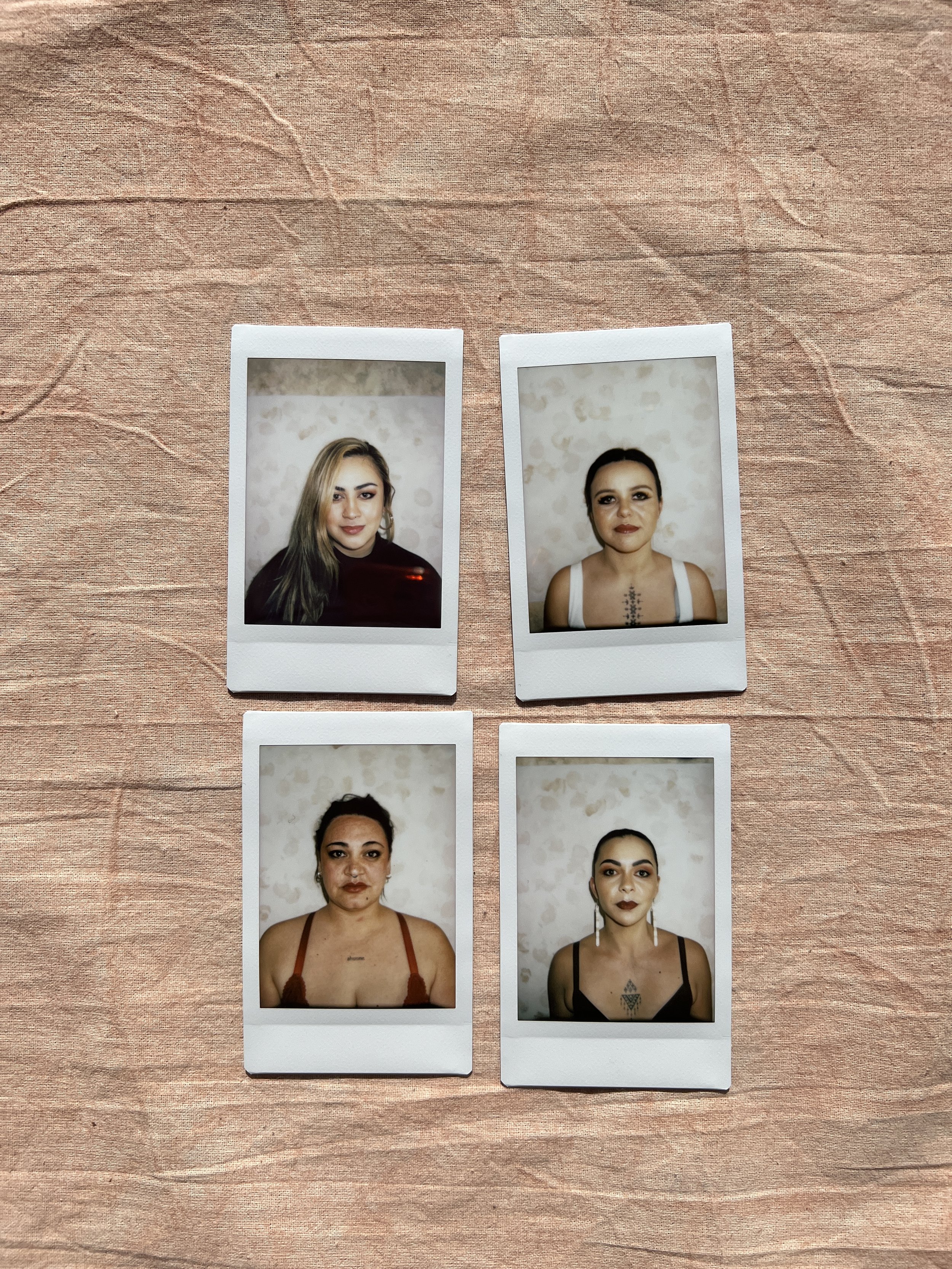
Tuhi Māreikura
1. (noun) ornamentation of the forehead with red ochre.
2. (noun) esteemed friend, respected friend, treasure, darling - a term of endearment.
-Te Aka, Māori Dictionary.
Nā Lanae Cable
August 2022
Our tīpuna adorned their bodies with earth pigments. Sometimes this was for practical use - to give your body some extra insulation in cold weather or when mixed with shark oil to keep sand-flies away. Other times earth pigments like kōkōwai were used to communicate arikitanga like my tīpuna Te Ngārara of Ngāti Hokopū who covered his whole body in kōkōwai and Tamamutu of Tūhoe who became Tama-tuhi-rae - “the brow marked” who added a cosmetic touch by applying a line of kōkōwai from eyebrow to eyebrow*.
For the last couple of years, I have been having a go at creating my own makeup using earth pigments that I have gathered or been gifted. If you have a look at the ingredients list on your make-up it will have listed iron oxide (kōkōwai) and mica which are naturally occurring minerals. So far I have made lipsticks, lip balm, body oil, eyeshadow, bronzer, highlighter, and eyeliner. It's been fun experimenting and figuring out how I can take our traditional way of adorning our bodies with whenua and make it contemporary.
Arohamai, this makeup won't be for sale for a couple of reasons. Firstly, I don’t want people to commercialize earth pigments the same way some of our practices are at the moment, and secondly, I want to encourage people to explore their own colours of the whenua and build that hononga.
I'm not very good at applying make-up so recently I asked my childhood bestie Justine Taniwha (Ngāi Te Rangi, Te Aupouri, Ngāti Ruanui) who has been working as a Make-Up Artist in Brisbane for several years to give me a hand at creating some looks. I was blown away at how Justine easily adapted to the texture and found a way to apply it. The results are stunning! My hope is that this encourages people to use kōkōwai and earth pigments in their everyday life.







References
Best, E. (1905). Maori Eschatology: The Whare Potae (House of Mourning) and its Lore; being a Description of many Customs, Beliefs, Superstitions, Rites, &c., pertaining to Death and Burial among the Maori People, as also some Account of Native Belief in a Spiritual World. (Vol. 38). TRANSACTIONS AND PROCEEDINGS OF THE ROYAL SOCIETY OF NEW ZEALAND.
Mead, H. M. (1992). Te Ngārara, Son of Toihau - Fighting Chief of Whakatāne. Te Wānanga o Awanuiarangi.
